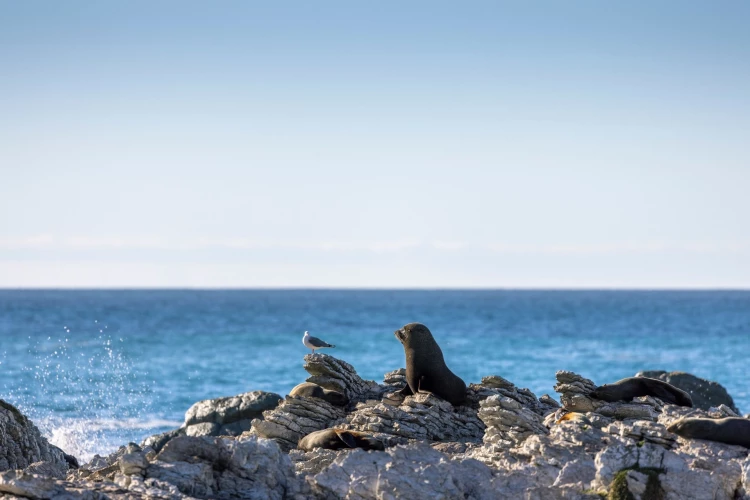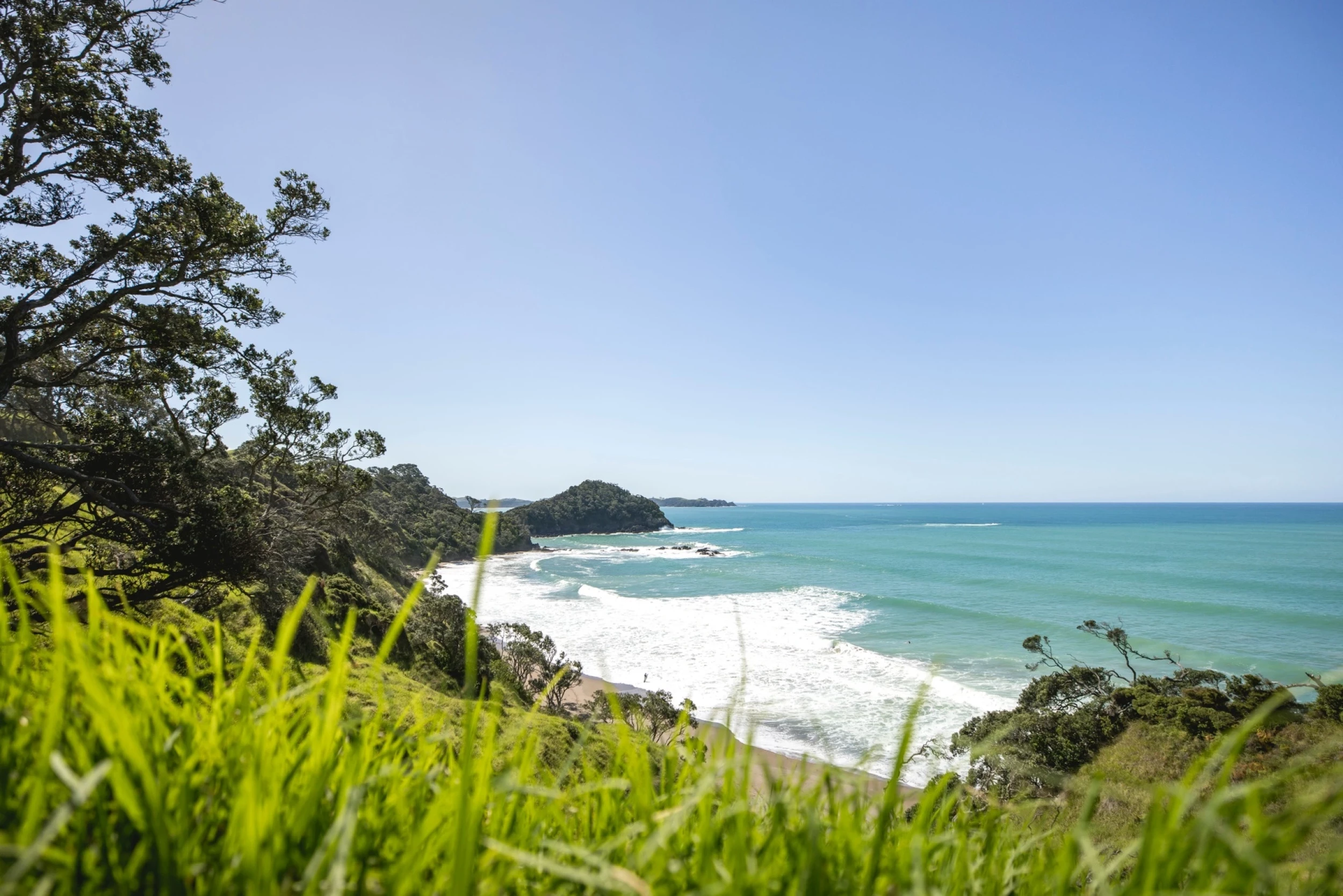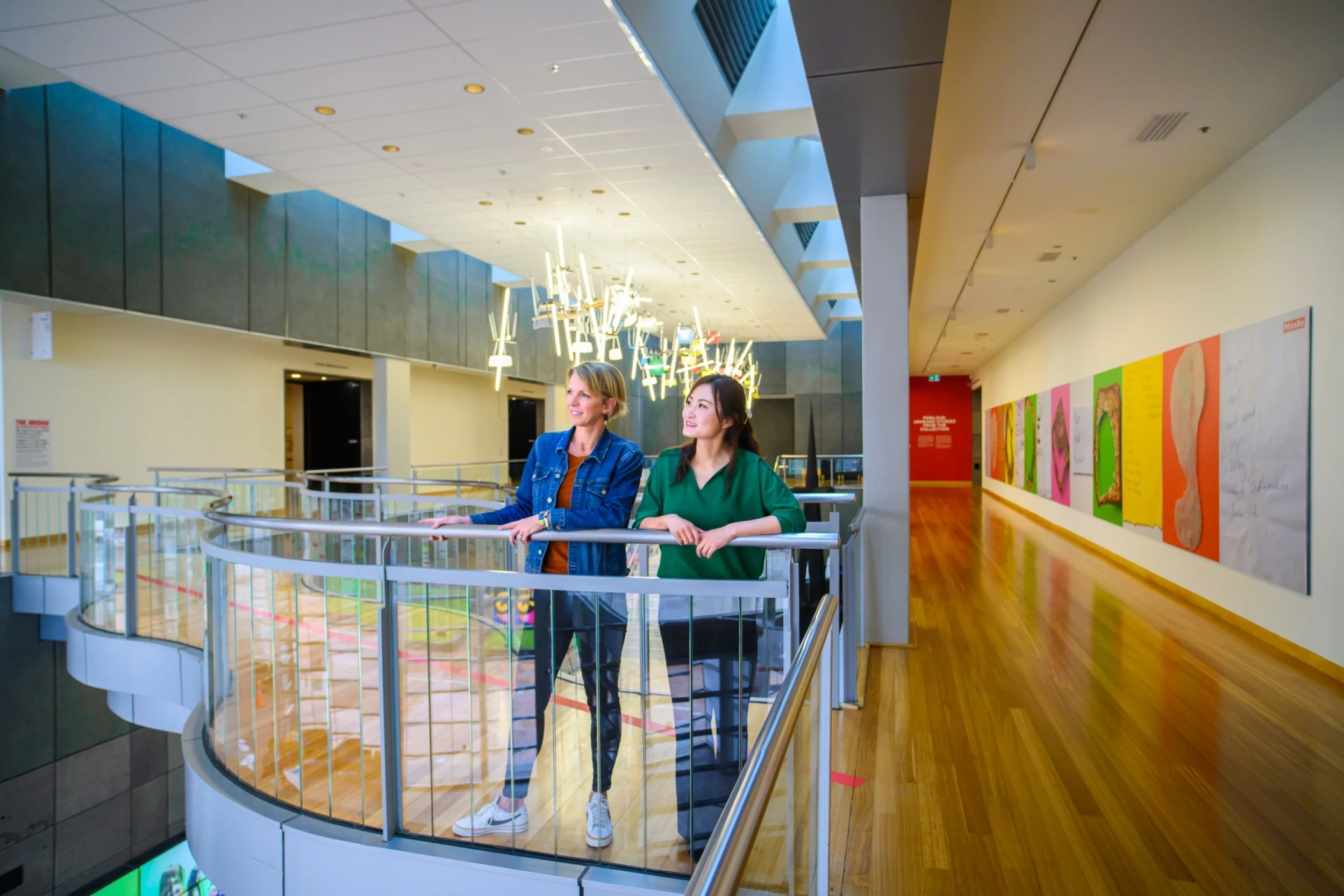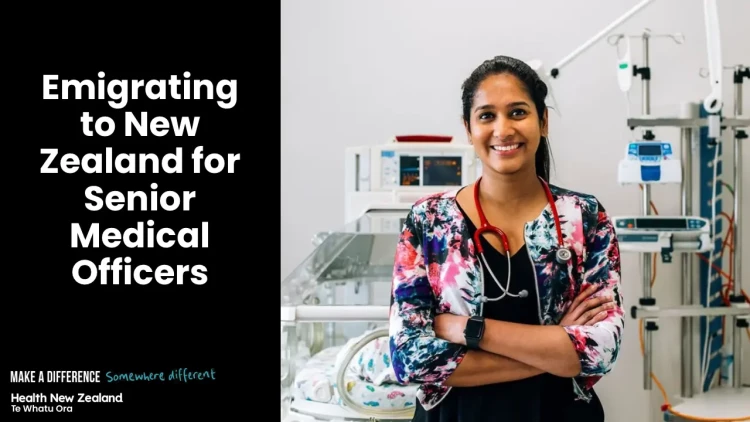- About Health New Zealand
- Locations
- Allied Health
- Midwifery & Nursing
-
Medical Officers
- All Senior Medical Officers (SMOs)
- Anaesthetists
- Dermatologists
- Emergency Medicine Specialists
- GPs & Rural Hospital Doctors
- General Medicine
- Obstetricians & Gynaecologists
- Oncologists
- Paediatricians
- Pain Medicine Specialists
- Pathologists
- Psychiatrists
- Radiologists
- Surgical Specialities
- Resident Medical Officers (RMOs)
- Specialist Teams
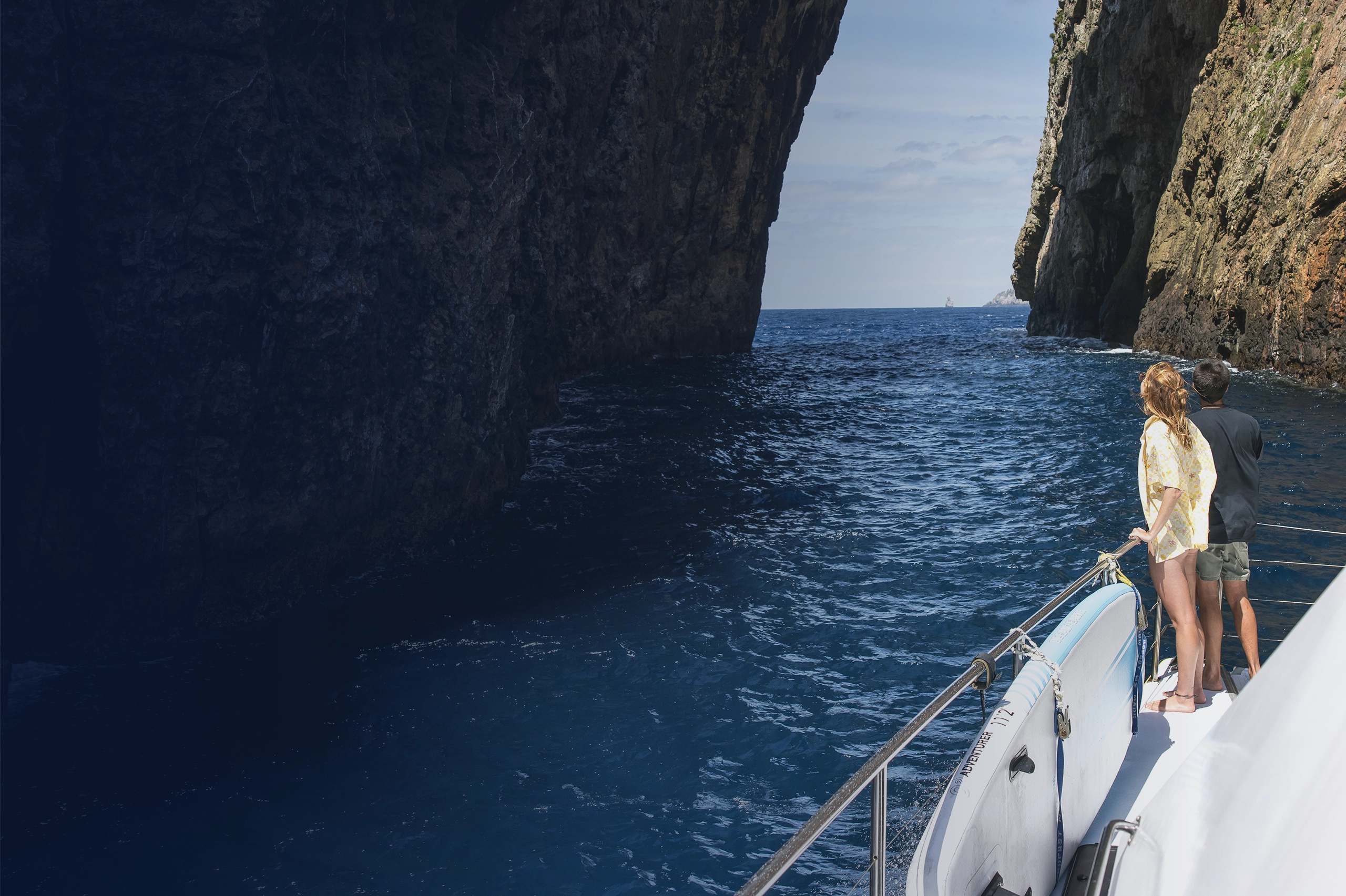
Pathology
Pathologists in New Zealand play a vital role in diagnosing and understanding diseases. Their work is essential for patient care and supports a wide range of medical disciplines
Join our world-leading clinical teams and make a difference somewhere different.
Photo location: Poor Knights Islands, Northland - Credit: Miles Holden
About the role
One of the best things about living and working in New Zealand - Aotearoa are the opportunities to experience nature, outdoor adventure and vibrant cities so close to where you live and work.
Our Pathologists usually work in laboratories in urban centres, though increasingly laboratories may be part of a network across a region. Some Pathologists also see patients and are involved directly in the day-to-day delivery of patient care.
Work is usually during business hours with some rostered-on-call commitments outside these times which means you can truly experience the lifestyle and everything New Zealand - Aotearoa has to offer you.
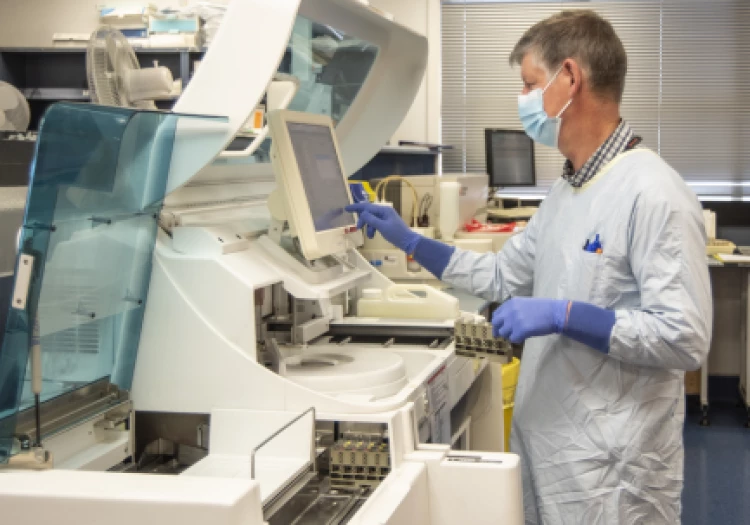
Salary, leave & benefits
Salary:
Senior Medical Officers receive a base salary relative to their level of experience. This is agreed upon at the time of the job offer. There is a 15-step pay scale that SMOs continue to progress through on a yearly basis.
In New Zealand, the salaries and benefits of some roles are determined by collective agreements between unions and employers. The full Senior Medical Officers collective agreement can be found on the Health New Zealand - Te Whatu Ora website here.
Additional allowances are paid on top of base salary and vary due to location and service, and are often not specified in the collective agreement.
Allowances:
There is a range of additional allowances for:
-
on-call,
-
evening, night and weekend work,
-
call back,
-
job size,
-
recruitment and retention,
-
and special contribution.
Leave:
-
6 weeks of paid annual leave.
-
A minimum of 10 days of sick leave per year.
-
10 days of paid Continuing Medical Education Leave (CME), plus the ability to use annual leave tacked onto the end of your CME travel.
-
6-12 months of parental leave, depending on the length of service, including 6 weeks of fully paid parental leave.
-
12 paid public holidays + time in lieu/alternative holiday if rostered on.
-
Long service leave + sabbatical opportunities.
Additional benefits include:
-
An annual Continuing Medical Education (CME) allowance of NZD $16,000 (pro-rated for part-time employees).
-
Membership subscriptions of medical professional bodies are reimbursed by Health New Zealand.
-
Your professional indemnity insurance is covered by Health NZ.
-
If eligible, up to a 6% matching superannuation contribution from Health New Zealand as your employer. Find out more here.
-
A relocation package for international candidates.
Leadership and career development opportunities:
Health New Zealand encourages Senior Medical Officers to be involved in the design, implementation and performance of facilities and technology involved in the delivery of healthcare services to ensure an effective, efficient and safe workplace.
Specific opportunities vary by location and service; however, they can include:
-
Support and encouragement for research and publications.
-
Mentorship opportunities for apprentice Junior Doctors/Registrars.
-
Regional and National networks allow for subspeciality research and practice.
-
Ongoing development and support for career growth with on-the-job coaching and a variety of in-house training programmes.
Required qualifications & registration
Professional registration requirements:
To work as a Senior Medical Officer, you must become registered to practice with the Medical Council of New Zealand and hold an Annual Practising Certificate.
To apply for vocational registration in Pathology with the Medical Council of New Zealand, you need:
-
To work only in Laboratory Pathology only: the Fellowship of the Royal College of Pathologists of Australasia (FRCPA) qualification
-
To work in Laboratory Pathology and its associated clinical discipline: the Fellowship of the Royal College of Pathologists of Australasia (FRCPA) and the Fellowship of the Royal College of Pathologists of Australasia (FRCPA) qualification
Roles & responsibilities
Pathologists are crucial in the healthcare system, contributing to early detection, personalised medicine, and public health initiatives. Their work supports clinicians across all fields of medicine.
Roles and responsibilities may include:
Diagnosis
-
Pathologists analyse samples of body tissues, blood, and other fluids to diagnose diseases such as cancer, infections, and autoimmune conditions. They provide detailed reports to guide treatment decisions.
Autopsies and forensic pathology
- Pathologists conduct post-mortem examinations to determine the cause of death. Forensic Pathologists assist in criminal investigations, working with law enforcement to provide evidence in legal cases.
Laboratory oversight
- They oversee medical laboratories, ensuring the accuracy of tests like blood tests, biopsies, and genetic testing. This ensures high-quality standards in diagnostic processes.
Research and teaching
- Many Pathologists are involved in medical research, studying disease mechanisms and contributing to medical advancements. They may also teach medical students and train pathology registrars.
Areas of specialty may include:
-
Anatomical pathology (including histopathology),
-
chemical pathology,
-
forensic pathology,
-
general pathology (a mix of anatomical and clinical pathology),
-
genetic pathology,
-
haematology,
-
immunopathology,
-
and microbiology (including virology).
Information for international candidates
Registering to work as a Pathologist in New Zealand:
To work as a Pathologist in New Zealand you will need to obtain Vocational Registration with the Medical Council of New Zealand (MCNZ).
Pathways to Vocational Registration include:
1. Direct Pathway to Vocational Registration:
-
If you are an International Medical Graduate (IMG) with specialist qualifications from countries with medical systems deemed equivalent to New Zealand’s (e.g., Australia, the UK, the USA, Canada, or some European countries), you may be eligible to apply directly for vocational registration without needing to first obtain general registration.
-
In this pathway, the Medical Council of New Zealand (MCNZ) will assess your specialist qualifications, clinical experience, and the medical system where you trained. If these are deemed equivalent, you can apply directly for vocational registration in your specialty (such as Pathology).
-
This pathway allows experienced specialists to bypass general registration and the provisional general phase, which is typically required for doctors without a recognised specialist qualification.
2. Provisional Vocational Registration Pathway
-
If the MCNZ determines that your qualifications and experience are largely equivalent but that you need some orientation or assessment within the New Zealand healthcare system, you may be granted provisional vocational registration.
-
This means you’ll practice in your specialty under supervision for a period, typically between 6-12 months, before being granted full vocational registration.
-
During this provisional Vocational Registration period, a specialist who practises in the same area of medicine as you will supervise you.
3. General Registration Pathway
-
Some IMGs who do not meet the criteria for direct vocational registration may first need to obtain general registration if their qualifications and experience are not recognized as equivalent.
-
This process to gain Vocational Registration includes:
-
A period of Provisional General Registration (with supervised practice) if necessary.
-
After obtaining General Registration, they can later apply for Vocational Registration once they have completed any further assessments or additional supervised practice required by the MCNZ.
-
Take the self-assessment
The Medical Council of New Zealand have a self-assessment tool to help you easily determine which registration pathway you should take.
Use the Medical Council's self-assessment tool
Alternate titles globally
-
Histopathologist
-
Microbiologist
-
Clinical Biochemist
-
Cellular pathology
-
Clinical Pathologist
Find out more about life in New Zealand
We have a page dedicated to providing information to candidates about our recruitment process, what you need to work in New Zealand and key details about moving here.
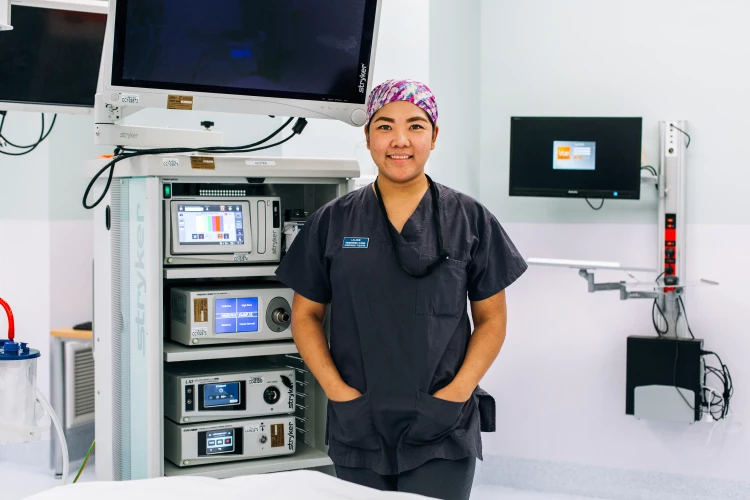
Apply for a Pathologist role
Domestically Trained Candidates
If you trained in New Zealand or Australia, search current vacancies with our districts to apply for here:
Internationally Trained Candidates
If you trained outside of New Zealand or Australia, register through our International Recruitment Centre here:
International Pathologists can get Medical Council registration faster than ever!
From November 1, 2024, overseas doctors with approved specialist qualifications from the UK, Ireland, and Australia can apply for fast-track registration with the Medical Council of New Zealand, under the scopes of General Practice, Psychiatry, Dermatology, Emergency Medicine, Anaesthesia, Internal Medicine and Pathology. Registration applications will be fast-tracked and processed within 20 working days, allowing specialised Senior Medical Officers to start working in New Zealand - Aotearoa much faster.
Working at Health New Zealand
'Te Whatu Ora' translates from our indigenous Māori language to 'the weaving of wellness'; which is what we are all about in our holistic delivery of world-class care for the health and wellbeing of the 5 million Kiwis in our communities.
Health New Zealand has an open and non-hierarchical approach to improving outcomes for our patients. Our cross-disciplinary collaborative way of working fosters a positive work environment where all members of our team feel supported and empowered.
Our commitment to you
We are dedicated to building a team that is representative of the communities that we are serving. We are committed to supporting health equity in our communities. Our kaimahi (staff) thrives on the diversity and inclusion of all perspectives and cultures, and we welcome individuals from all backgrounds and lived experiences.
Health New Zealand has programmes and facilities available to both protect and improve our teams’ physical, mental and emotional health and wellbeing. We know that you do your best work when you’re feeling your best, so it’s important to us that this is a priority.


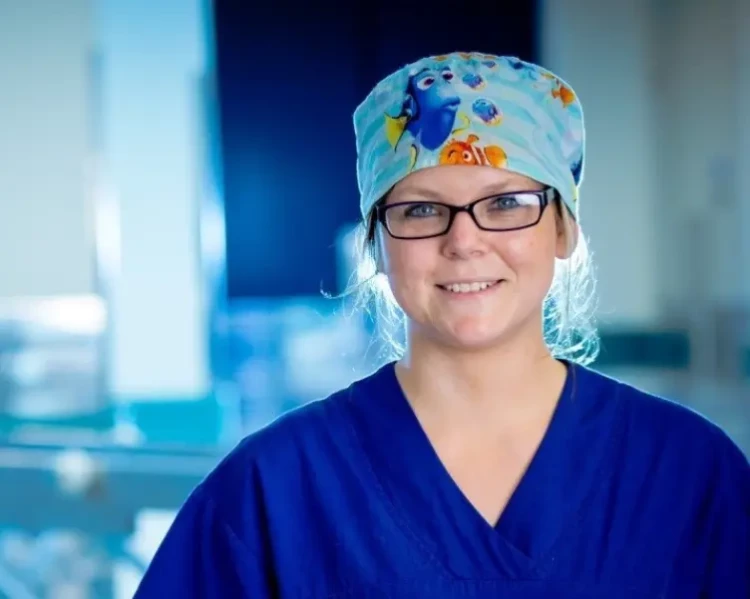
Looking to move to New Zealand to work as a Pathologist?
Great news! Pathologists (SMOs) are on Tier 1 of New Zealand's Green List which means you are eligible for a fast-tracked Straight to Residence Visa. This means you and your family can apply for New Zealand residency before you arrive, provided you have a job offer from an accredited employer, like us!
Explore Aotearoa
New Zealand - Aotearoa has been in the top 5 countries in the Global Peace Index every year since it launched in 2009, and has a broad range of places to call home, from the bustling metropolis of our main centres, to the easygoing vibe of our coastal or rural communities.
Find out more information about what part of our beautiful country is the best fit for you.
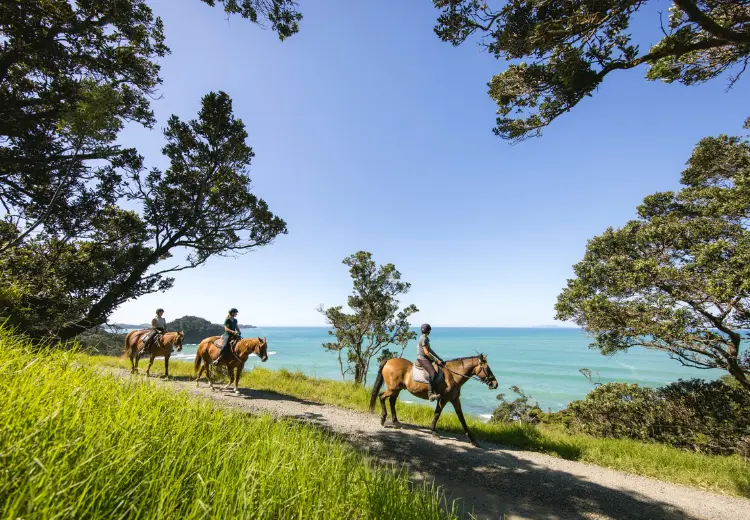
Te Tai Tokerau Northland
Population: 194,600
Northland is a beautiful and diverse region of Aotearoa, New Zealand with plenty to offer visitors. Whether you're interested in water sports, historic sites, natural beauty or ancient Kauri trees—Northland has it all!
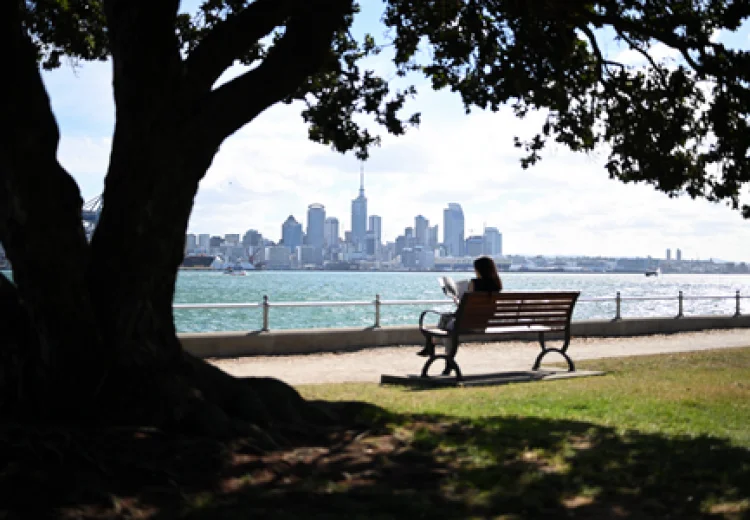
Waitematā
Population: 650,000
Waitematā is the largest and one of the most rapidly growing districts serving the largest population of all Health New Zealand. Waitematā offers a balanced lifestyle that combines the convenience of city living with the natural beauty and community spirit of suburban life.

Te Toka Tumai Auckland
Population: 500,000
Auckland the "City of Sails" is Aotearoa, New Zealand’s largest city and commercial hub. It’s where metropolitan sophistication meets breathtaking natural beauty. Auckland is filled with a variety of warm and welcoming communities, packed with new places to explore.
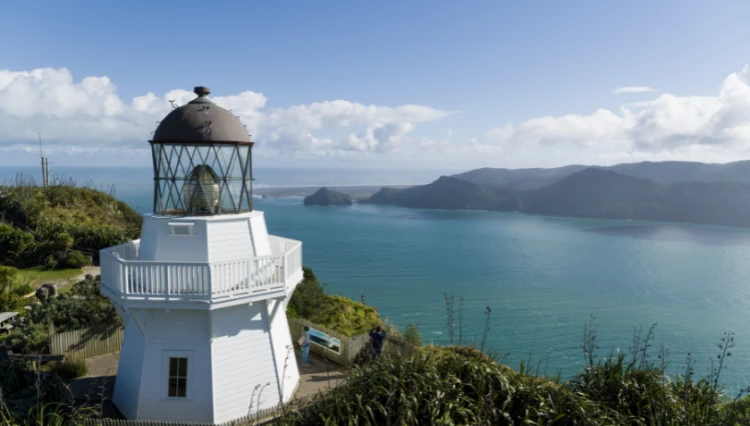
Counties Manukau
Population: 500,000
Counties Manukau is a vibrant place where there's never a dull moment! Living and working here ensures you're always close to amenities, events and nature. You'll never run out of places to visit or things to do.
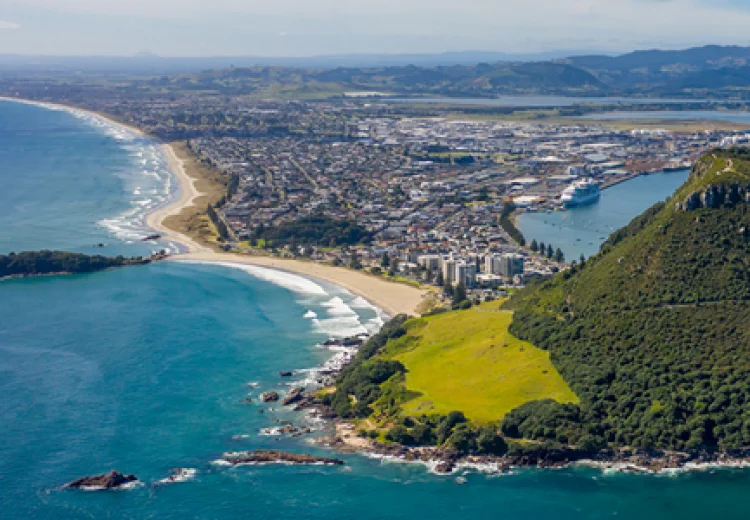
Hauora a Toi Bay of Plenty
Population: 255,110
The Bay of Plenty is a place of beautiful harbours, long surf beaches and an easygoing lifestyle. We showcase the perfect place to explore a wide range of nature-based pursuits – this gives the people of the Bay of Plenty the chance for a better work-life balance.

Waikato
Population: 425,000
The Waikato region is known for its natural beauty, rich Māori culture, and agricultural heritage with something to offer visitors of all interests.
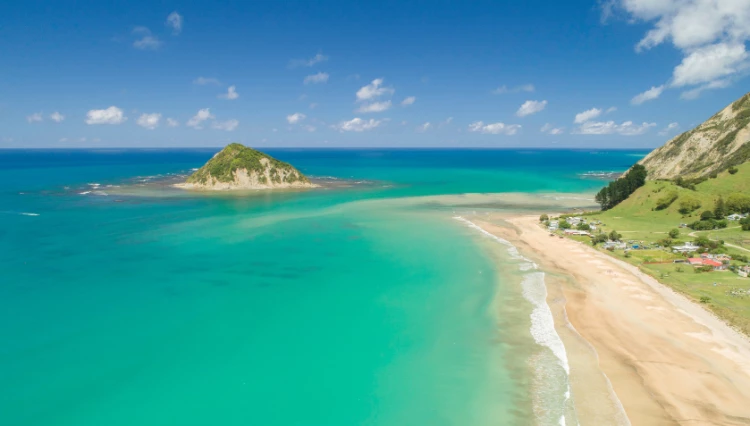
Tairāwhiti Gisborne
Population: 48,000
In family-friendly Tairāwhiti you will experience an easier pace to life that allows you to pause, reflect, and enjoy a true work-life balance. Gisborne’s relative isolation is its charm, surrounded by beaches & nature - don't worry though! Larger cities are only a quick flight away.

Lakes
Population: 110,000
The Lakes District is well known for its geothermal activity and natural hot springs. The area is located in the central North Island and is home to many geothermal attractions, such as geysers, hot mud pools, and steam vents. Visitors can also relax in the region's natural hot springs, which are believed to have healing properties.

Taranaki
Population: 130,000
Taranaki is a magical place with a majestic mountain at its heart, including the rugged coastline that's world-renowned for its surf. Its residents' love of art and culture, cafes and outdoor living mean it's also fantastic to work—and play!

Te Matau a Māui Hawke's Bay
Population: 180,000
Known for its world-class wineries, stunning beaches and temperate climate, Hawke’s Bay boasts a lifestyle that is unmatched. The region is a popular destination for food and wine tourism, hiking, cycling and cultural events such as the annual Art Deco festival.
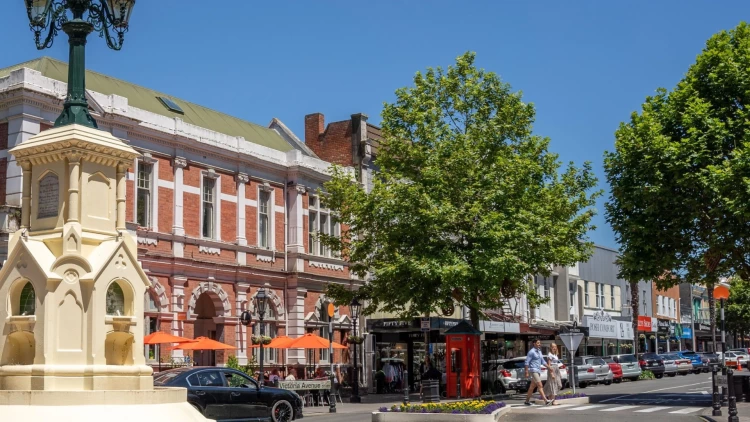
Whanganui
Population: 65,000
Whanganui has something for everyone. Our centrally located region offers access to outdoor activities such as kayaking, skiing, surfing, tramping, cycling, fishing and hunting. Nestled between two snow-capped mountains, on the banks of Whanganui River there is always plenty to do and explore.
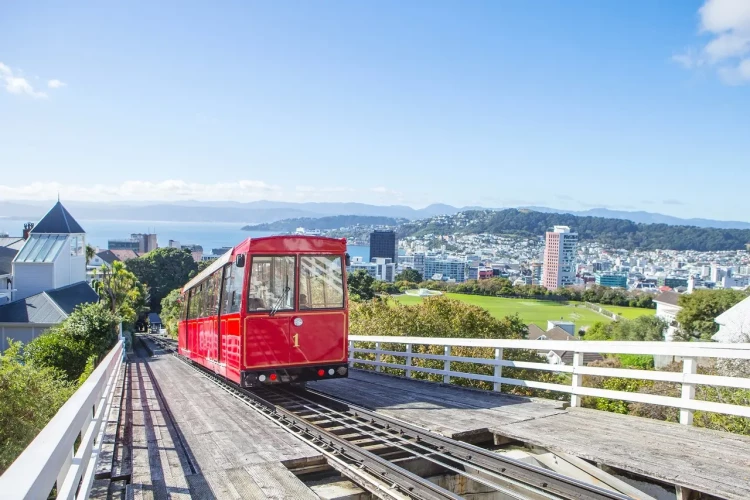
Capital, Coast and Hutt Valley
Population: 445,000
Wellington, the capital city of Aotearoa New Zealand, is a bustling and diverse hub of culture and cosmopolitanism, renowned for its lively cafés, restaurants, and internationally acclaimed sporting and cultural events, all set against the stunning backdrop of a natural harbour. To the north of Wellington lie the regions of Porirua, Kapiti, and Hutt Valley.
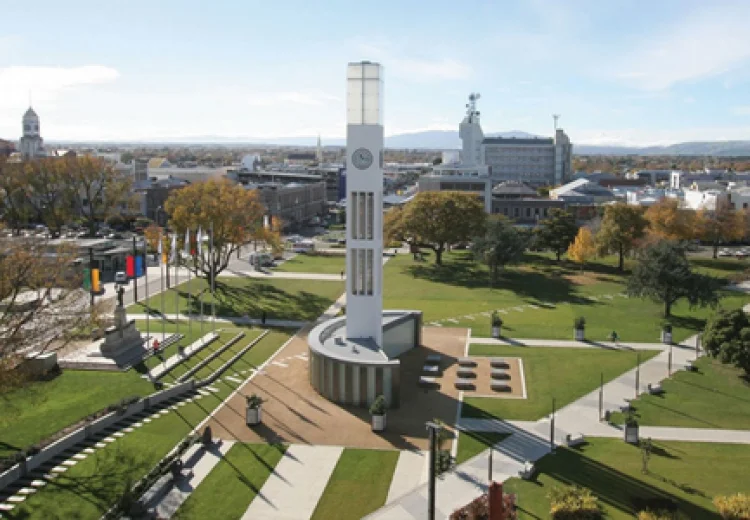
Te Pae Hauora o Ruahine o Tararua MidCentral
Population: 190,000
Get the best of both worlds - the perfect blend of rural and city living with the mountains, city and sea at your fingertips.
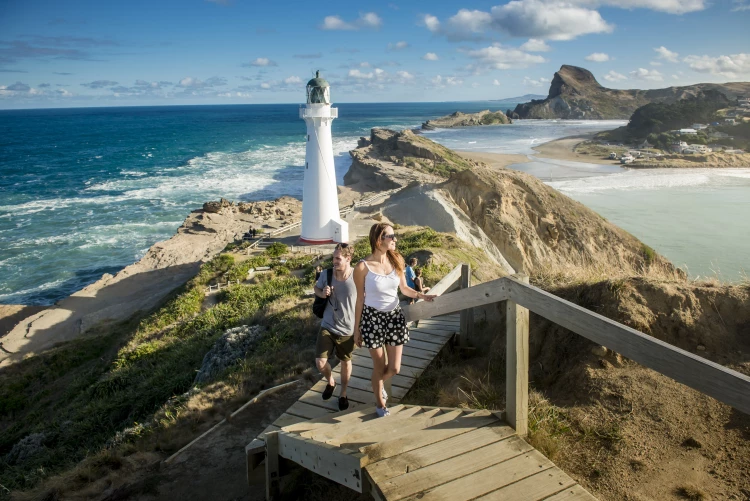
Wairarapa
Population: 48,000
From rugged coastlines, boutique vineyards to lush forests, Wairarapa is a slice of paradise for those who love the outdoors and seek a peaceful environment to recharge after a rewarding day's work.
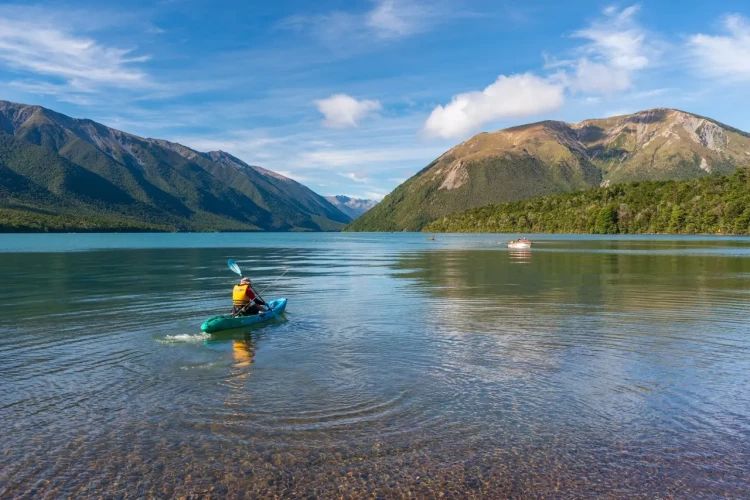
Nelson Marlborough
Population: 150,000
Nelson Marlborough has been dubbed the artistic capital with a thriving urban centre and one of New Zealand's sunniest regions.
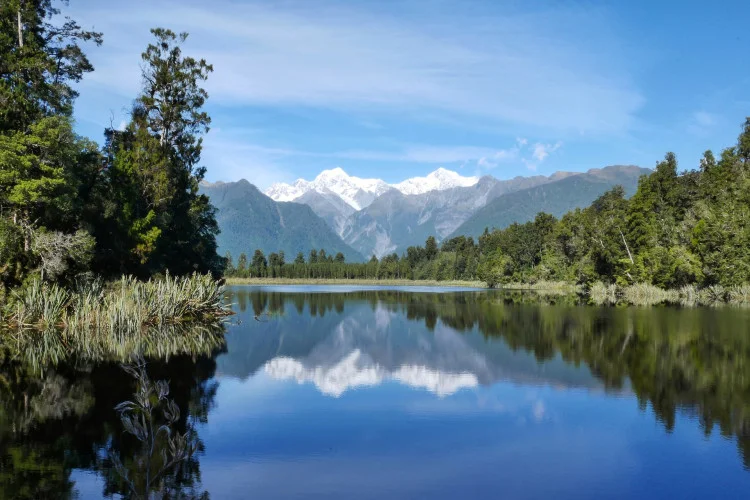
Te Tai o Poutini West Coast
Population: 32,000
Te Tai o Poutini West Coast has views of both the mountain ranges and the ocean! It is an untamed natural wilderness of beautiful rivers and rainforests, glaciers and geological treasures.

Waitaha Canterbury
Population: 600,000
The Canterbury region is a great place to live and work due to its natural beauty, vibrant economy, cultural diversity, strong community, and high quality of life.

South Canterbury
Population: 62,000
The South Canterbury District is an area of stunning beauty with great lifestyle opportunities, a safe and welcoming family-friendly environment, affordable living, excellent educational opportunities and a wide range of cultural and sporting facilities.
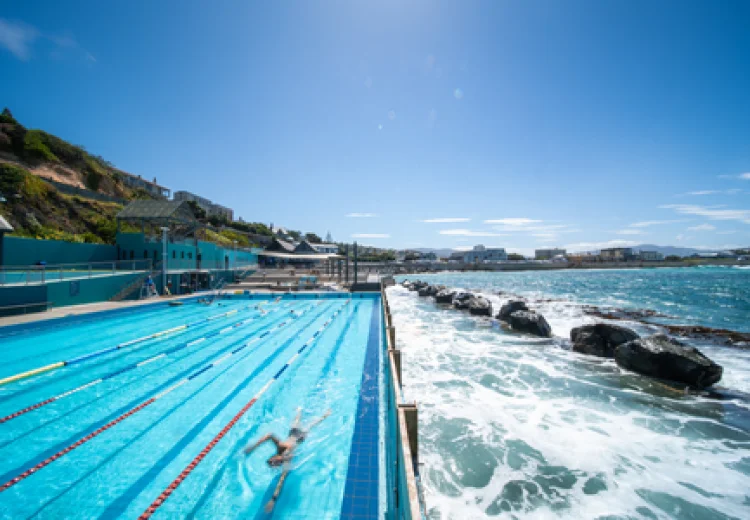
Southern
Population: 350,000
Well known for its beautiful natural scenery, which includes towering mountains, stunning fjords, majestic glaciers, and crystal-clear lakes. The region is also famous for its friendly communities, charming towns, and vibrant cities such as Dunedin and Invercargill.
Webinar: Registration for Senior Medical Officers
Health New Zealand’s Health Immigration Service, Kiwi Health Jobs, Immigration NZ and the Medical Council of New Zealand have run joint webinars to take you through the different steps towards starting a new adventure in New Zealand - Aotearoa.
Learn more about moving to our beautiful country, directly from the people who process your applications.

|
Photo location: Wānaka - Credit: Alistair Guthrie |
